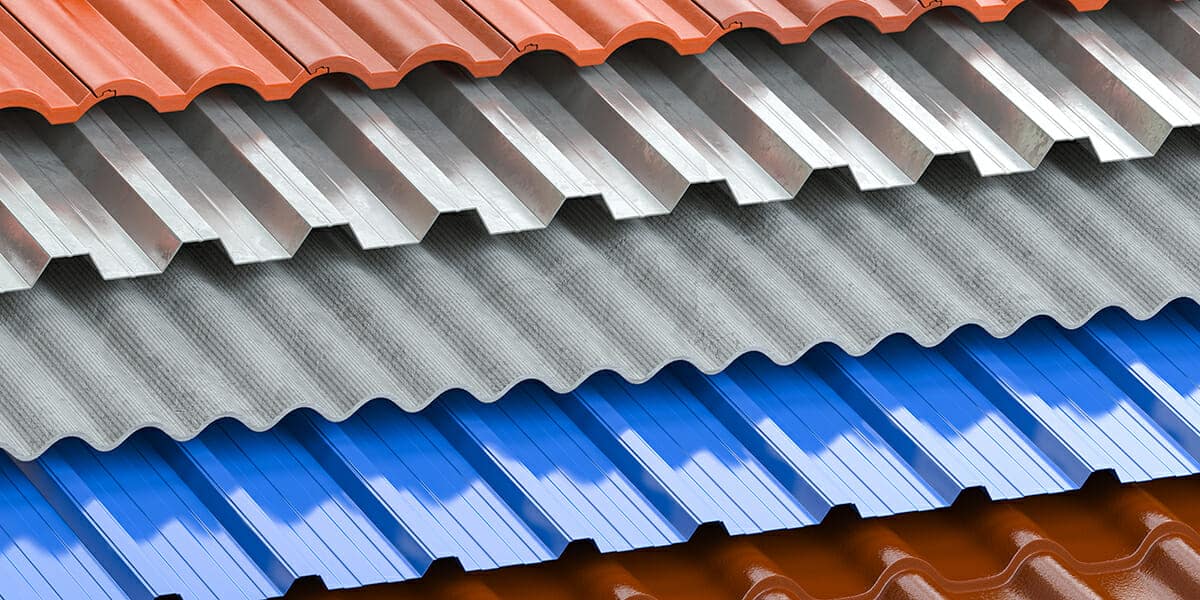In the world of firearms, especially in the realm of AR-style rifles, innovation is a constant force driving advancements in design, functionality, and performance. Among these innovations, folding AR stocks (https://www.sylvanarms.com) have gained significant attention in recent years. These stocks, which allow for more compact storage and transport of AR-style rifles, are evolving rapidly to meet the demands of various users—from tactical operators to civilian enthusiasts. This article explores the latest innovations in folding AR stock design and how they are reshaping the AR platform for modern applications.
The Rise of Folding AR Stocks
Folding stocks for AR rifles are not a new concept, but recent advancements in materials, engineering, and user-centric features have brought them into the spotlight. Traditionally, AR-15 rifles featured fixed or collapsible stocks that provided stability and accuracy but lacked compactness. The introduction of folding stocks solved this problem by offering shooters a way to reduce the overall length of their firearm without compromising performance.
The primary benefit of a folding AR stock is its ability to make the rifle more portable, particularly when storage space is limited or when the user needs to quickly transition between carrying and deploying the weapon. This has made folding stocks popular among military and law enforcement as well as civilian shooters who value convenience and versatility.
Materials and Construction: A Leap Forward
One of the most notable innovations in folding AR stock design is the use of advanced materials. Modern folding stocks are often constructed from lightweight but durable materials like aerospace-grade aluminum, reinforced polymer, and carbon fiber composites. These materials offer the ideal balance between strength and weight, ensuring that the stock can withstand the rigors of intense use while keeping the overall weight of the firearm low.
Manufacturers have also incorporated corrosion-resistant coatings and finishes, which are particularly important for folding stocks that may be exposed to harsh environments. Whether it’s saltwater, extreme temperatures, or heavy wear, these coatings protect the stock and extend its lifespan.
Enhanced Locking Mechanisms for Stability
A critical aspect of any folding stock is the locking mechanism. Early designs sometimes suffered from a lack of stability when the stock was extended, leading to concerns about accuracy and reliability. However, recent innovations have addressed these issues with enhanced locking mechanisms that provide rock-solid stability when the stock is in the extended position.
Modern folding stocks now feature precision-engineered locking systems that ensure the stock remains securely in place, whether folded or unfolded. Some designs incorporate dual-locking systems that prevent any movement or wobble, even under heavy recoil. This level of stability is essential for maintaining accuracy, especially during rapid-fire situations or when engaging targets at longer distances.
Tool-Free Adjustability and Modularity
Another area of innovation in folding AR stocks is adjustability. Many new designs offer tool-free adjustment mechanisms that let the user quickly and easily modify the length of pull, cheek height, and other ergonomic features. That ensures that the stock can be designed to fit the individual shooter’s preferences, improving comfort and control.
Modularity is also a key focus in modern folding stock design. Manufacturers are now creating stocks that can be easily swapped out or upgraded with different attachments, such as cheek risers, butt pads, or sling mounts. This modularity allows users to customize their rifles to meet specific mission requirements or Personal preferences, further enhancing the versatility of the AR platform.
Integrating Folding Stocks with AR Pistols
The growing popularity of AR pistols has also influenced folding stock design. Many shooters are opting for compact AR pistols as personal defense weapons (PDWs), and folding stocks have become an essential component in this setup. Manufacturers have responded by designing folding stocks that are specifically tailored for AR pistols, providing stability and control without adding unnecessary bulk.
These stocks often include features like shock-absorbing pads and ergonomic grips, which help mitigate recoil and improve handling. Additionally, you can quickly fold and unfold some folding stocks designed for AR pistols with one hand, making them ideal for scenarios where speed and mobility are critical.
The Future of Folding AR Stocks
Looking ahead, the future of folding AR stock design appears promising. As new materials and technologies emerge, manufacturers will continue to push the envelope of what is possible. Expect to see even lighter, stronger, and more versatile folding stocks that further enhance the performance of AR-style rifles.
One area of potential innovation is the integration of smart technology. While still in the early stages, the idea of incorporating electronic components into folding stocks—such as sensors for recoil management or connectivity features for data tracking—could open up new possibilities for shooters who want to optimize their performance.
The innovations in folding AR stock design are transforming the AR platform into an even more versatile and capable firearm. Whether you’re a tactical professional or a recreational shooter, the latest advancements in folding stocks provide a range of benefits that enhance portability, stability, and customization. As manufacturers continue to refine their designs, folding stocks will likely remain at the forefront of firearm innovation, offering users the flexibility they need to adapt to any situation.
